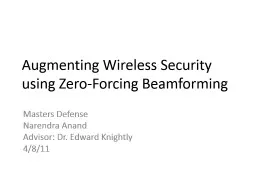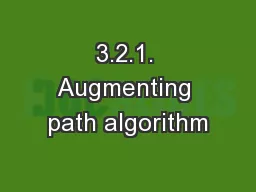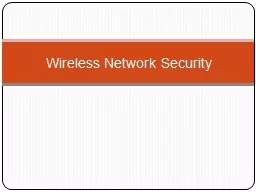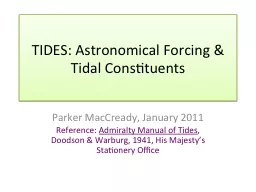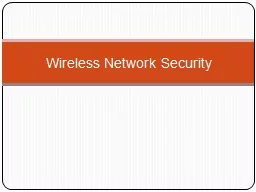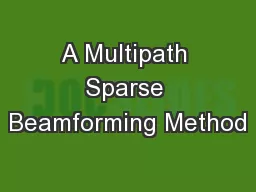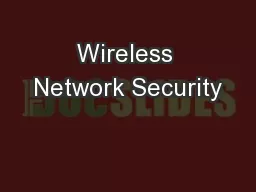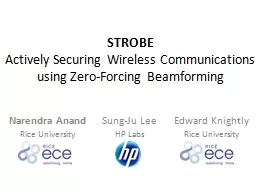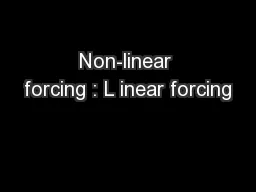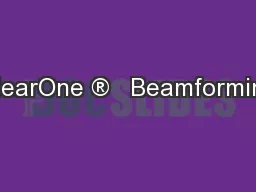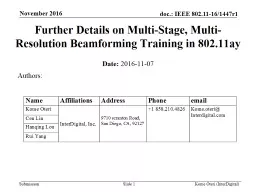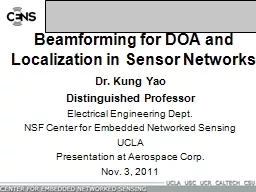PPT-Augmenting Wireless Security using Zero-Forcing Beamforming
Author : briana-ranney | Published Date : 2017-04-15
Masters Defense Narendra Anand Advisor Dr Edward Knightly 4811 Motivation Indoors eg Coffee Shop IU E E AP Omnidirectional WEPWPA Problem Omnidirectional Transmissions
Presentation Embed Code
Download Presentation
Download Presentation The PPT/PDF document "Augmenting Wireless Security using Zero-..." is the property of its rightful owner. Permission is granted to download and print the materials on this website for personal, non-commercial use only, and to display it on your personal computer provided you do not modify the materials and that you retain all copyright notices contained in the materials. By downloading content from our website, you accept the terms of this agreement.
Augmenting Wireless Security using Zero-Forcing Beamforming: Transcript
Download Rules Of Document
"Augmenting Wireless Security using Zero-Forcing Beamforming"The content belongs to its owner. You may download and print it for personal use, without modification, and keep all copyright notices. By downloading, you agree to these terms.
Related Documents

